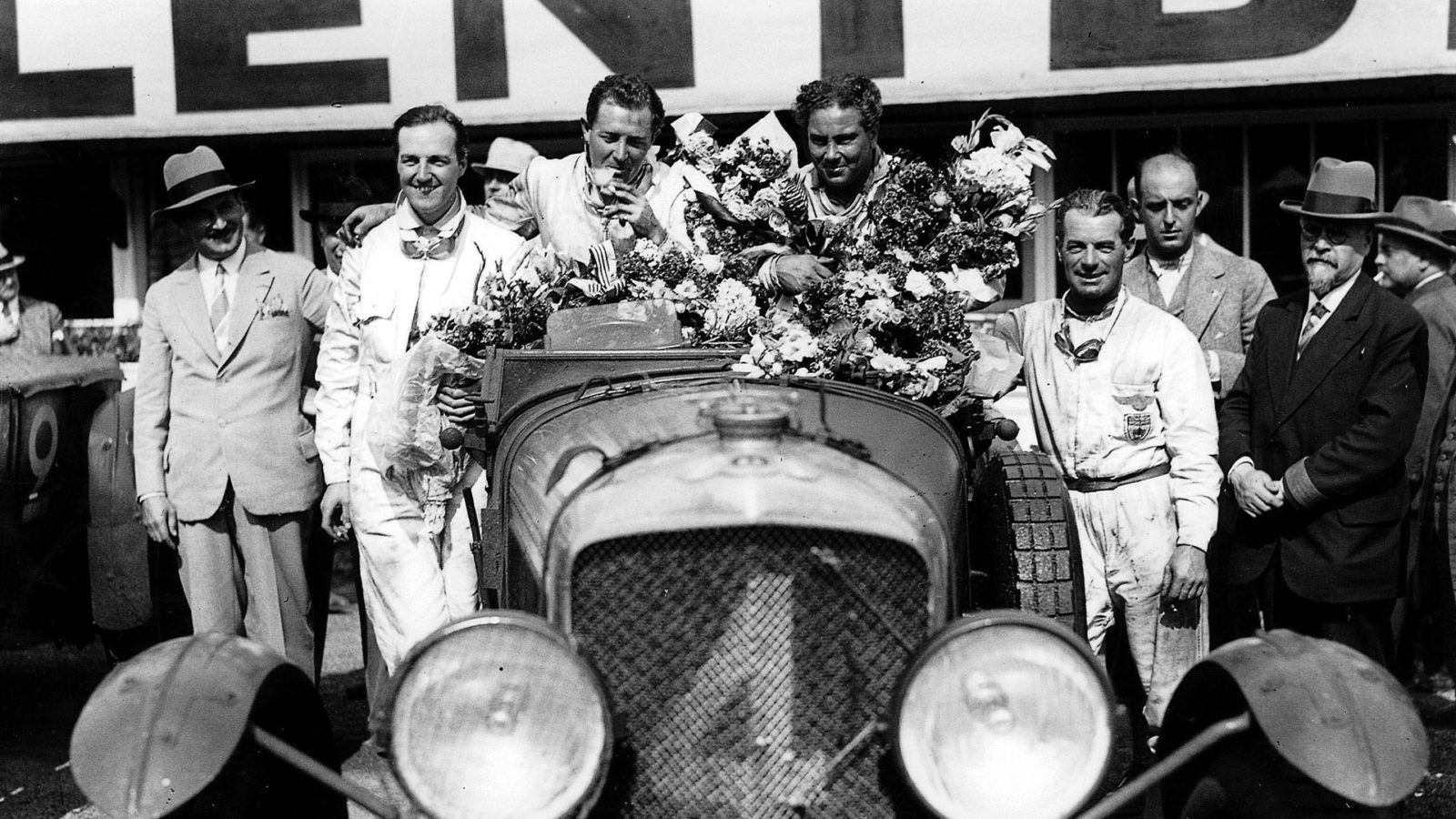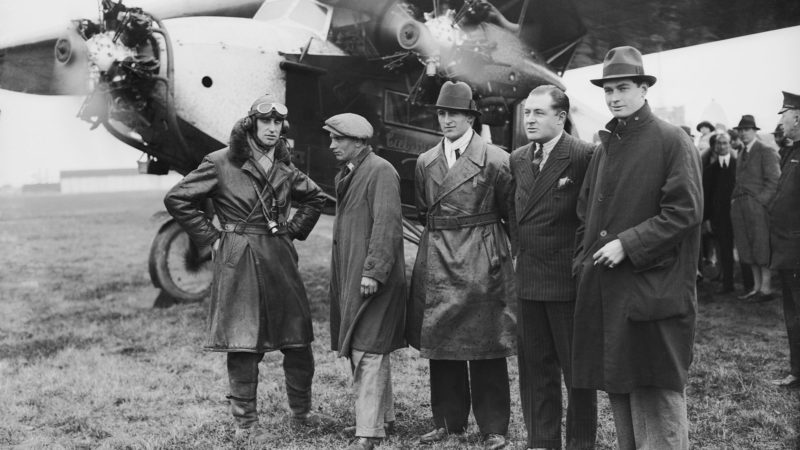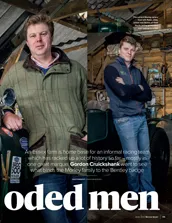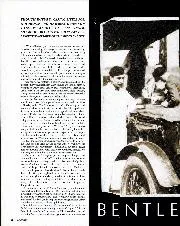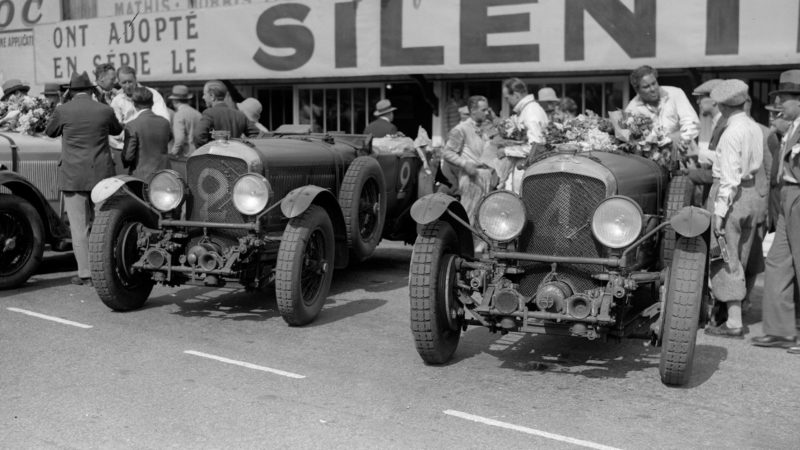In 1925, price being no problem, Kidston had ordered one of the latest 2-litre straight-eight Grand Prix Bugattis from Molsheim, remarking that Ettore Bugatti was one of the only manufacturers who sold cars ready for an amateur to race. He entered for the Grand Prix de Provence, or Hartford Cup Race, to be run over 250km of the new Miramas track in France, changing naval uniform for white overalls, linen helmet and goggles. In this, his very first race, Kidston did remarkably well, getting into the English headlines. Although in the end the 1.5-litre Talbots, running unsupercharged, driven by Segrave and Count Conch, finished first and second, Kidston had led them three times, until forced to come in to rectify low fuel pressure. He resumed, to finish fifth behind Vidal’s 2-litre Bugatti and George Duller, whose Talbot had been delayed when two plug leads came adrift Kidston had been driving for 4hr 10min 50sec, less than 12min behind the very experienced Segrave, beating seven other finishers.
When Lt Kidston brought the Bugatti to Brooklands for the 1925 Easter Monday Meeting it was a centre of interest, because it was the first time one of the new models had been seen there, with the handsome GP body and the aluminium spoked wheels. In the Private Competitors’ Handicap Kidston came in third behind Harold Purdy’s 12/50 Alvis and Jack Dunfee’s Salmson, having made the fastest standing-start and flying-start laps in the race, respectively at 89.41mph and 103.57mph.
At Whitsun, Kidston in his Bugatti was fighting a close run-in to the finish of the Gold Vase race, against the Leyland Thomases of Party Thomas and Capt J EP Howey, and Major Coe’s new 30/98 Vauxhall Wensurn, when Coe risked going high up the Members’ banking in endeavouring to overtake Ramponi’s ancient chain-drive Fiat. The Vauxhall scraped along the Railway Straight corrugated-iron fence as it came off the banking, rebounded onto the track, and overturned, throwing out both occupants. Lt Kidston kept his head (or his ‘cool’, as they now have it) as he had done many times previously and drove through the dust and debris to stay ahead of the two Leylands, Thomas leading Howey after momentarily putting a wheel over the rim of the Byfleet banking in the chase at a lap speed of 125.77mph, the Bugatti’s best lap being at 110.68mph. Quite a race…
In the Gold Cup Race which followed, Thomas and Kidston again swept together off the banking to the finish, the Leyland-Thomas winning by 300 yards after a record lap at 126.41mph, the Bugatti doing 109.46mph. After this Kidston was tying with Thomas for Hartford Cup points put up by TB Andre, who supplied Hartford shock absorbers to most of the Brooklands’ drivers. During 1926 Kidston had gained points with a second place in the VVhitsun Gold Cup race, and first place in a 90mph Short Handicap.
Naval duties kept Kidston away from the track at the end of the year. In November he married Miss Nancy Soames. It was one of the notable social occasions of the year, at St Margarets, Westminster — where else? – the Lieutenant promised his bride he would give up motor racing and sold the Bugatti (XW 9557) to George Duller. As a safer sport he acquired a 14ft National Class Morgan Gyles dinghy, a change from submarining!
